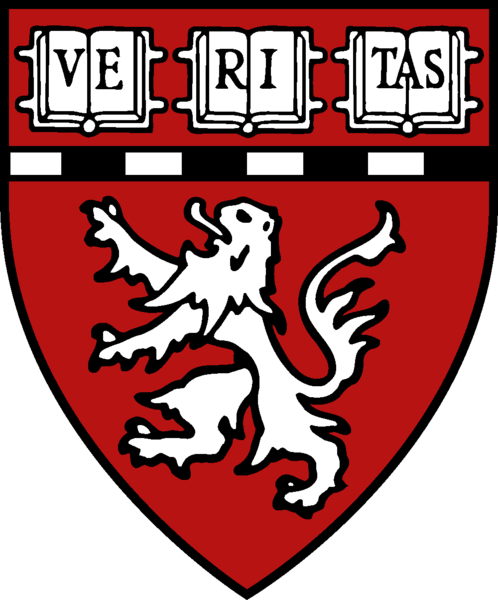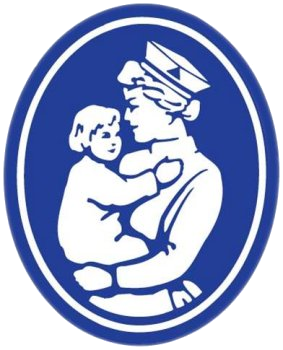


R. Quian Quiroga, L. Reddy, G. Kreiman, C. Koch and I. Fried
Society for Neuroscience, San Diego, 2004
TopWe can easily recognize a person or object even if viewed from different angles or under strikingly different conditions, but the extent to which individual neurons respond in an invariant manner remains unclear. We analyzed neuronal responses in the human medial temporal lobe to presentations of images of individuals and objects. Using a new spike sorting algorithm (Quian Quiroga et al, Neural Computation, in press), we extracted spiking activity from intracranial recordings in the temporal lobe of patients with pharmacologically intractable epilepsy, who were implanted with depth electrodes, in combination with multiple micro-wires, in order to localize the seizure focus area for potential surgical resection. From a total of 64 micro-wires, usually located in the amygdala, entorhinal cortex, hippocampus and parahippocampal gyrus, we isolated between 40 and 70 simultaneously recorded units per experiment. For each patient, we first analyzed single- and multi-unit responses to presentations of about 100 different pictures, comprising famous and non-famous people, animals, landmarks, and objects. Then, we selected those images for which at least one unit showed a significant response and, in subsequent sessions, we presented different views of those individuals, animals, or objects. From 11 experimental sessions in 4 patients, we recorded a total of 550 units. Fifty one of these units were activated by different presentations of an individual or object, with few or no responses to images of other individuals or objects. Noteworthy, these responses were in many cases limited to bursts of 5 to 10 spikes occurring between 300-600 ms. These results point towards a sparse and invariant representation of individuals or objects by neurons in the human temporal lobe.